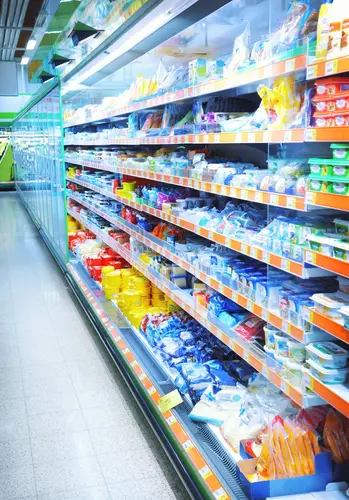Using LED lighting systems can give more emphasis to the products sold in grocery stores at a lower cost and better entice customers to purchase attractive items.
According to a press release from SBWire, there is a higher demand for lighting to food due to the smaller size and rich colors of the products. Higher energy costs can occur from trying to spotlight products when using halogen or CFL bulbs. Whereas LEDs only use six to eight watts to feature a product, CFLs use 13-15 and incandescent bulbs use 60 watts.
In addition to cutting down the necessary energy output, adding motion sensor switches and occupancy sensors to an indoor LED lighting system can allow the lights to dim when customers are not perusing a particular aisle and illuminate products as customers walk by. Energy costs will be lowered even more by using sustainable lighting that gives products the attention they require while cutting back on excessive lighting.
It has been predicted that the lighting control industry will grow by 3.6 billion dollars by 2020 as businesses continue to integrate more efficient commercial lighting. The application of LED lighting systems in grocery stores becomes a necessity if owners wish to offer their customers the same ambience offered by competitors.





